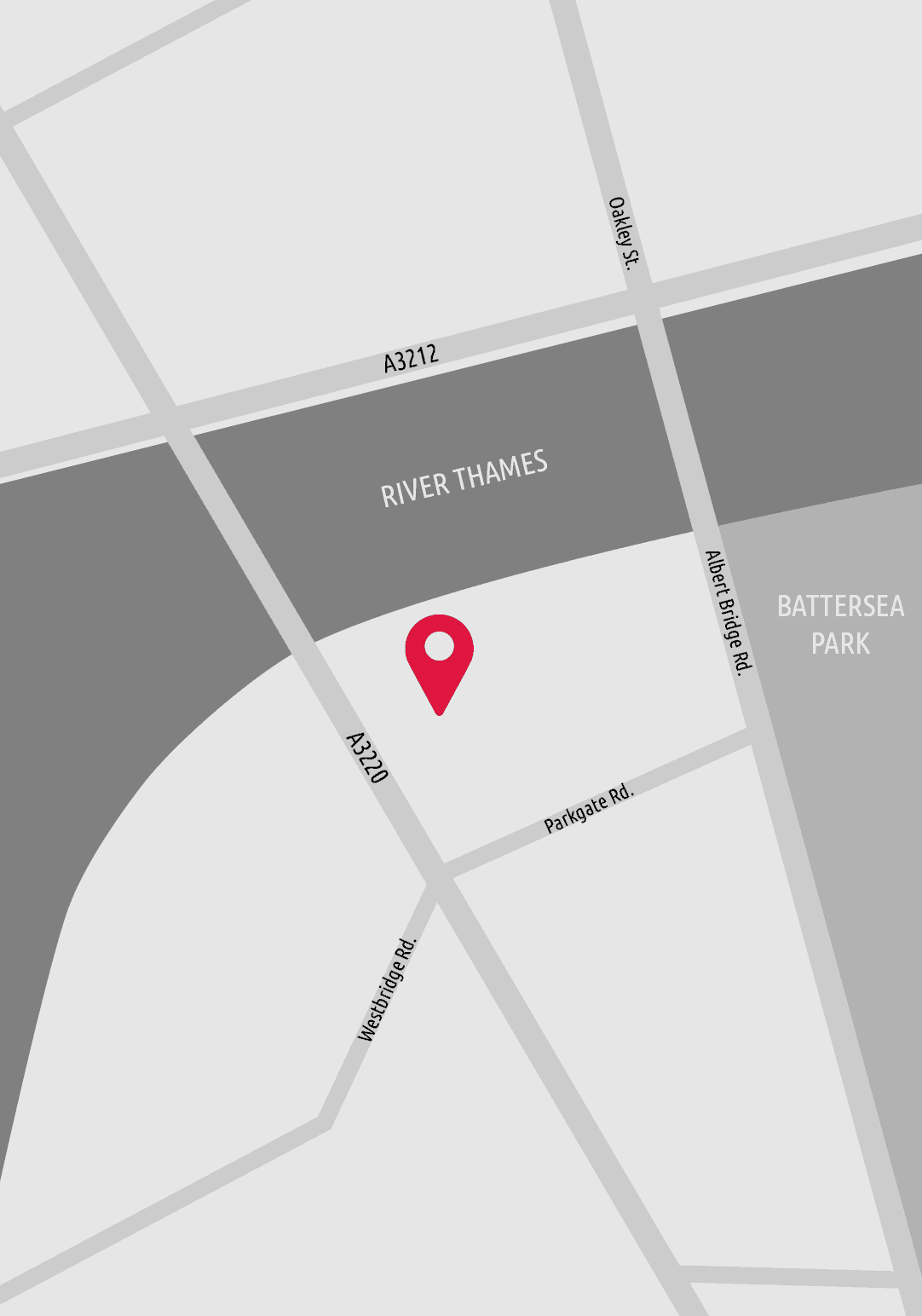The 2020 Northumbrian Water Innovation Festival was, in many ways, the most interesting yet, as CKH IOD sponsored a design sprint that attempted to tackle a big question in just a few days, in a multi-stakeholder workshop that was completely virtual. This year we were tackling a key question: how can IoT be used to improve safety and efficiency for a water company’s field technicians, by providing more information about equipment, tools and assets in the field?
Unlike in previous years, this year’s festival sprint was totally online, led by CKH IOD, a team from Northumbrian Water and various experts from our partners at Invisible Systems, Fleet Space, LTI, United Vanning and Retroflo.
Design thinking and accelerated innovation
We’re delighted that, even with this year’s accelerated timeframe, we got through the entire innovation process successfully. The event has now put Northumbrian Water on a journey towards the art of the possible for pump station monitoring, tools tracking for increased tool time while addressing health and safety of field technicians. The approach will be familiar to anyone experienced with design thinking: Explore, Discover, Prototype and Deliver. The prototype stage is very important, as it involves delivery of a low-fidelity prototype, a storyboard which is put forward to the executive leadership team for consideration as a funded project to be delivered as a proof of concept.
There are four key success factors that stood out during the design sprint:
1. Connecting issues, aspirations and barriers with possible solutions
We began by looking at three things: what are the pain points or issues that are being experienced in relation to the challenge of better understanding asset condition, visibility of tools and equipment and keeping safe in work environment? What are the aspirations and wishes for a solution that solves those issues? Finally, what are the barriers or threats to developing and deploying such a solution? Once these were captured, it was important to put all three into context: there were two areas that the group decided to focus on, a concept for pump station monitoring and a solution for tools tracking.
2. Focusing on stakeholders
Another key part of the early work was developing a full map of stakeholders: this exercise is important because it drives the build, focusing on who will consume and benefit from the solutions once complete. What’s interesting here is that there are both primary and secondary as well as tertiary stakeholders, and their relationships with each other were also captured.
3. Going with a game plan
The game plan takes the initial aggregation of inputs and understandings and charts this into actual deliverables and objectives, including the main challenge, as well as documenting what’s out of scope for the current project. The agreed vision sits at the very centre of the game plan: a brief statement giving a forward view of where we’d like to be in two years' time in relation to company innovation strategy for asset management, improved service delivery and providing a safe environment for field employees. We managed to reach this point by day two, a key milestone we were delighted to achieve, and it set us up nicely for charting user journeys on day three.
4. What’s the storyboard?
Day four is where we took everything we learned and sketched it into a storyboard, which captures the solution technology design benefits, the business process it serves and the customer experience or service it improves. The storyboard is what acts as a low fidelity prototype and also demonstrates how the finished solutions will deliver value for the company and benefit the primary users whose pain points were captured on day one. The storyboard also feeds the final output, a management summary for presentation to the executive leadership team for a possible funded project going forward.
I’d like to thank all of our participants in the sprint, especially Judith Welford for leading, orchestrating and giving us direction on our mission, a dozen experts from Northumbrian Water Group and our expert partners for IoT in the utilities sector. Thanks to all contributions, thoughts, time and insights given both in the expert interviews and in the course of the Innovation Festival workshop.
The final result was one that the whole team can be proud of.
Nicholas Baldwin is Business Development Manager IOT CKH IOD.





